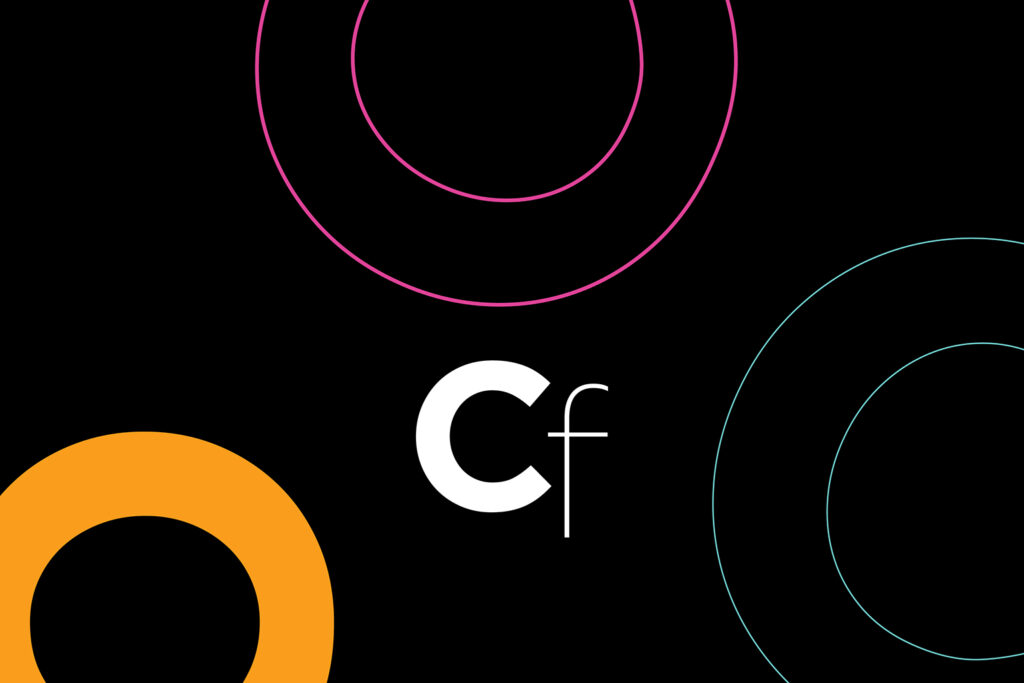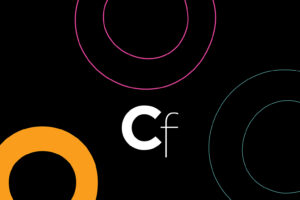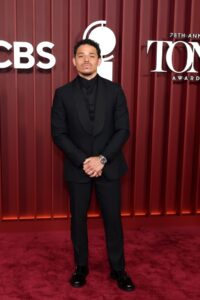Rashid Johnson’s Revelatory Guggenheim Survey Lets His Art Remain Complex and Elusive

Targets recur through Rashid Johnson’s rotunda-filling Guggenheim Museum retrospective, an insightful show that certainly hits the mark. The first can be seen outside the museum: a large steel sculpture called Black Steel in the Hour of Chaos (2008), its title a reference to a Public Enemy song of the same name. Inside, there are paintings in which crosshairs are singed into oak floorboards, and there’s a film in which a target appears on a beach, crudely drawn into the sand as dancers enact yoga positions all around it.
There are so many targets that, at a certain point, it can feel as though one were seeing the entire show through a sniper’s scope. But who is the shooter, and who is being shot at? Johnson leaves those questions unanswered in the paintings, sculptures, photographs, and films marshaled here, many of which find clever ways of resisting the inquisitive gaze of their viewers.
This is an artist who, for the past three decades, has pondered what it means to look and what it means to be looked at. He did so early on in photographs of homeless Chicagoans, who are shown closing their eyes, refusing to let their viewers stare back at them. And he has continued to do so in more recent mosaic-like paintings whose glass has been scuffed, marked, and shattered, their tiles now acting as cracked mirrors for their viewers.
The point of a museum retrospective like this one is typically to clarify its subject, allowing a full view of a great artist to emerge. Yet even with the Guggenheim now packed with art by Johnson, the artist remains an elusive figure. I’d argue that this is actually a good thing. It means the exhibition, titled “Rashid Johnson: A Poem for Deep Thinkers,” has done justice to an artist who has aspired toward fluidity, movingly freely between mediums and rarely making one-liners in the process.
Johnson has spoken about himself in terms that suggest as much. In a recent New Yorker profile, he labeled himself “post-medium,” and speaking to the New York Times in 2020, he rebutted the notion that his art is about any one thing. “Most of my work has challenged the idea that blackness is monolithic,” he said.
Ironically, however, Johnson’s oeuvre has often been positioned as a monolith. It’s frequently—and unfairly—reduced to his “Anxious Men” works, paintings he began making in 2015 that feature scribbly faces with gnashing teeth and trembling eyes. That series and related ones play well with collectors, showing up regularly in commercial galleries and at art fairs, and periodically selling at auction in the low millions—hardly anything to sneeze at for an artist who is only 47.

Naturally, the Guggenheim show, curated by Naomi Beckwith and Andrea Karnes, with Faith Hunter, includes quite a few of these works. But it also showcases many that look totally unlike them. The exhibition reclaims Johnson as something more than a market darling, and thank goodness it does.
Not so surprisingly, the big revelations of this show are Johnson’s films, which may just be his least commodifiable works. Threeness (2005), one of the great early films in this show, is primarily composed of shots featuring Johnson staring into a three-part mirror, shifting his gaze among the panels between cuts. It’s not always obvious whether he’s looking at himself or his camera, and it becomes even less clear once he dons a pair of sunglasses that shield his eyes. Then, at various moments, the image drops away entirely, leaving behind a black screen that reflects back its viewer, who is left to continue watching with a mix of befuddlement and bemusement as she waits Johnson’s return.
Johnson has been undermining viewers’ gazes ever since his start in Chicago, where he was born in 1977. His photographs of men on the streets of the city’s South Side neighborhood, made while he was still a student at Columbia College, acted as an early mission statement. Jonathan’s Hands (1998), one of the oldest works in the Guggenheim exhibition, shows a man who puts his fingers to his brows, effectively masking his face. Johnson’s camera can’t fully see him, and he can’t see the camera, either.

Already, Johnson was flirting with confusion, tempting viewers into making easy mistakes with their eyes. Whether because of racism or pure human error, some apparently mistook the middle-class artist for his models, leading Johnson to learn that there was a “disconnect how I see myself and people see me,” as he tells Karnes in the Guggenheim catalogue.
The slipperiness of Johnson’s art made him a prime contender for a show like “Freestyle,” a now-legendary 2001 exhibition at the Studio Museum in Harlem that featured Johnson’s early photographs. The show was about “artists who were adamant about not being labeled ‘black’ artists,’” even as they were also “redefining complex notions of blackness,” as its curator, Thelma Golden, wrote. Johnson emerged from it a star.
The brilliance of works like Jonathan’s Hands may have dimmed since the time of “Freestyle,” but the photographs Johnson created after that show remain every bit as exciting as they once did. One of those pictures, a 2003 self-portrait in which Johnson poses with his hair styled à la Frederick Douglass, rhymes nicely with a long tradition of artists playing dress-up for their cameras. Like Yasumasa Morimura and Cindy Sherman, Johnson was showing that identity can be worn like a costume. His picture, printed so large that you can see every pore, feigns the ability to portray the truth. Then, as you look into his dark brown eyes, you start to wonder just how much of the real Johnson you’re seeing here.
Just as he was gaining notice as a photographer, working in the medium he studied in the Art Institute of Chicago’s graduate program, he was also shaping a practice in sculpture—something he continued to hone once he moved to New York in 2005. Many of these works pile high the references to art history, critical theory, music, and more, often in ways that make his art intentionally difficult to take in—nowhere more so than in Contemporary Black Male Literature Starter Kit (2003– ), featuring a group of books stacked on a pallet. All this reading is wrapped so thickly in plastic that it’s impossible to get a glimpse of any of the tomes’ titles.

Thus ensued a period of productivity and an explosion of weird, cutting-edge art: his “Cosmic Slop” paintings of the late 2000s, made by melting down black soap and then letting it dry on wood panels to form dark ripples; his pieces resembling shelving units of the early 2010s, to which Johnson added books, record sleeves, mirrors, and rough-hewn blocks of shea butter. You can see yourself in nearly all of these works, and you can see yourself, too, in their successors.
Falling Man (2015), a play on Georg Baselitz’s paintings of inverted people, features an upside-down figure surrounded by glass tiles, some of which have been bashed in. All around, there are splashes of black soap, creating crimson splatters reminiscent of a crime scene. Footage of police killings of Black men—including that of Walter Scott that very year—were widely seen in the media at the time. Johnson’s painting saliently captures the sense of Black death gone hyper-visible while also heading off easy readings at the pass: the titular falling man is white, and there’s also an old picture of Johnson’s father that appears totally disconnected from everything else here.
The same year, Johnson stopped drinking and got sober, an experience that he has said “amplified my anxiety.” The “Anxious Men” paintings resulted, and so did many other artworks that evince a sense of paranoia. Their monumental size is sometimes what makes them effective. Untitled Anxious Audience (2019) measures 15 feet wide, allowing its rows of scrawled peepers to overwhelm and unnerve. Its grand scale and its black-and-white coloration recall Jackson Pollock’s vast splatter paintings.

But bigger is not always better for Johnson, who has produced so many large works in the past decade that his art has dulled over time. Sanguine (2025), an installation that occupies most of the Guggenheim’s uppermost ramp, moves Johnson’s art into the realm of spectacle, with a grid-like structure filled with books, plants, and videos, along with philodendrons and more that are suspended from the museum’s roof. Mainly, it all just looks expensive.
His more successful recent works are done in a more somber register. Black and Blue (2021), his expressionistic film about his family’s lockdown-era solitude, is one of the very few great works about Covid, and Quiet Painting (2025), with a thin, tangled black line against a white background, exists at the limits of vision. Both works are serene and reserved.

It’s notable that Johnson has continued to paint his “Anxious Men” successors in tandem with these calmer works, which appear related to his larger interest in wellness rituals—what we might call self-care in our present, overly therapized vernacular. Older works at the Guggenheim find Johnson rubbing shea butter on his body and spray-painting messages to himself (“RUN,” “FLY AWAY,” and so on). These rituals seem designed to help Johnson remain stoic in the face of so much critical attention.
Maybe that’s why I kept returning to a lesser-known self-portrait in this show, The Reader (2008), in which Johnson reclines on a deck chair while drinking a whiskey on the rocks. Wearing a robe tied at the waist, he holds a hardcover book up to his face, obscuring it from his camera’s lens. He remains blurry—literally, because of how the picture is shot, but also metaphorically, because Johnson never quite comes into focus. That this exhibition allows him to remain that way is a feat.





